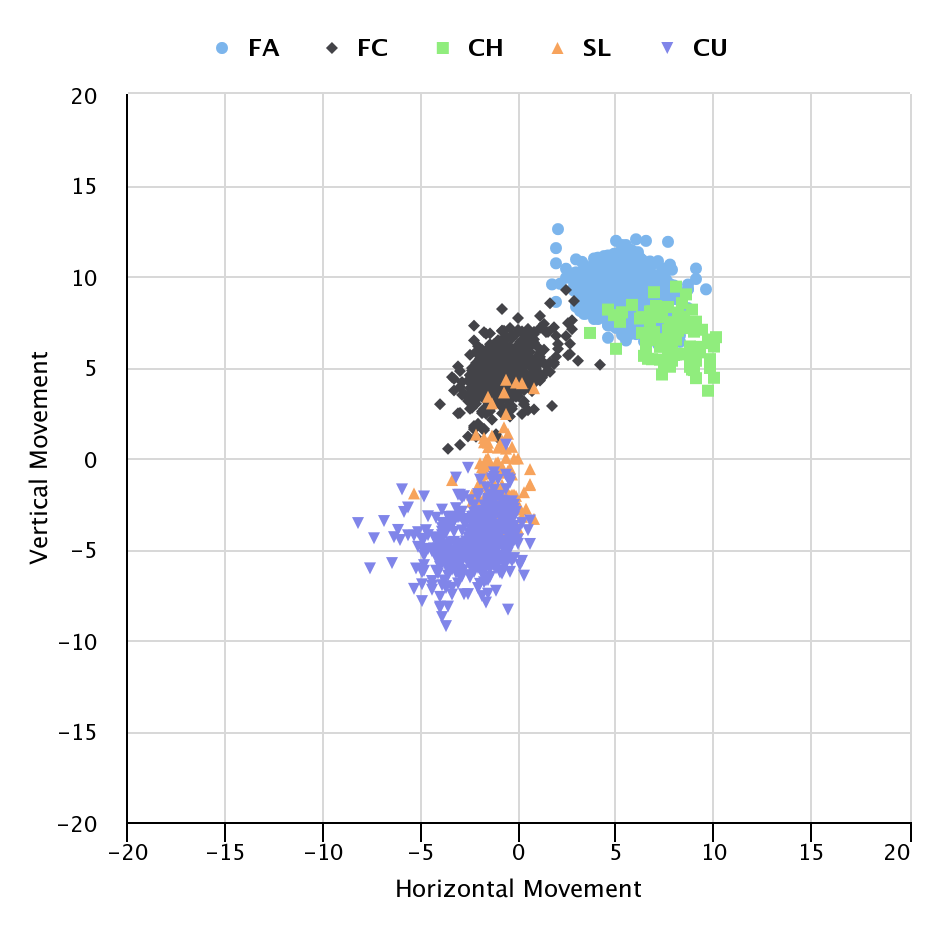It’s been more than two weeks since the Ken Rosenthal and Evan Drellich’s bombshell report at The Athletic, which revealed a massive sign-stealing scandal implemented by the Houston Astros beginning in 2017. Since then, we’ve seen reports that the official investigation launched by Major League Baseball has confirmed the system as described by Mike Fiers in that original report; they are continuing to look into other ways the Astros may have cheated during the 2017 postseason and beyond. Whether the Astros were using a modified method on the road relying on “buzzers,” as some have speculated, has yet to be confirmed.
What we do know is that the Astros broke the rules by using technology to steal signs in real-time. Members of Houston’s front office and coaching staff could face significant penalties, and with Alex Cora and Carlos Beltrán implicated as sign-stealing ringleaders, there could be impacts felt in organizations beyond Houston. It remains to be seen just how severe the punishment will be — though our own Craig Edwards argued last week that they could be quite severe indeed — and if any players are caught up in the fallout.
Last week, I took an initial look at whether or not the on-field value of the Astros sign-stealing scheme could be parsed out in the data. Between the changing roster, the changing ball, and the at times non-linear effect of coaching and player development, there was a lot of noise in the data. At a broad level, it’s hard to make any conclusive statements about the specific effects of the Astros sign-stealing, though as I noted, the fact that the team persisted in the practice suggests they believed they derived an appreciable benefit from it. On Friday, two more attempts to answer that same question were made.
Over at The Ringer, Ben Lindbergh concluded:
“Knowing the next pitch just has to help, right? But no matter how we slice and dice the data, the statistical case is less compelling than it would be if sign-stealing made hitting as simple as it seems like it should. Great as the Astros were at the plate in 2017, the most fascinating aspect of their sign-stealing scandal is that it didn’t make them even better.”
Rob Arthur was a little more confident in his conclusions in a piece for Baseball Prospectus:
“We can tentatively conclude that their sign stealing probably had a major impact on the team’s plate discipline numbers. This was not innocent cheating that barely affected the game; according to the available data, it may have yielded an unprecedented improvement in the Astros’ ability to make contact and lay off outside pitches, helping to turn a talented lineup into one of the best-hitting teams of all time.”
In my previous piece, I landed somewhere in between these two positions: sign-stealing probably had an impact, but it was nearly impossible to determine the exact benefit at a team level due to all the noise. But what happens if we drill down to the per-pitch level, as I did with the run expectancy (RE288) data in my article last week, and this time focus on individual players? Read the rest of this entry »


 Kiley McDaniel
Kiley McDaniel